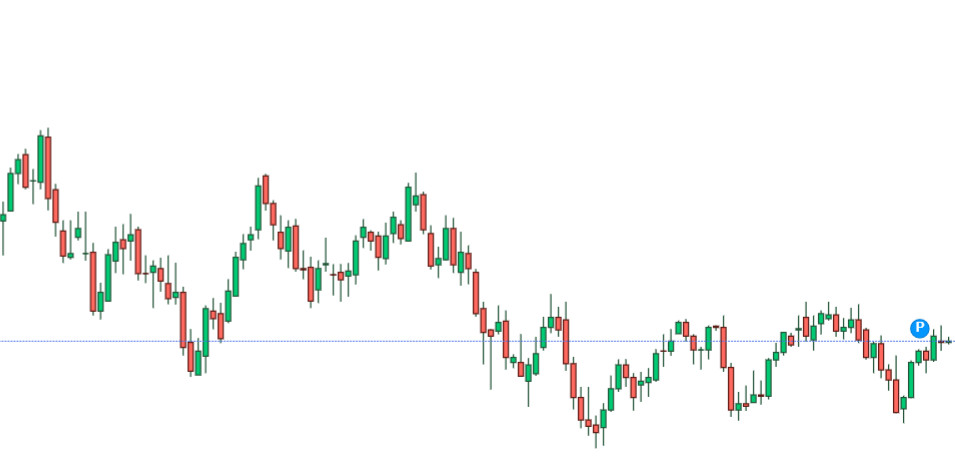
In early trade, crude prices moved down again, trimming recent gains. The reason for a sharp shift in market sentiment was the news from the United States. The Biden administration reportedly plans to sell more crude oil from the Strategic Petroleum Reserve. The US Department of Energy is considering releasing another 26 million barrels of crude oil from April to June this year.
However, most analysts believe that this news will not be decisive for the oil market. At least it will hardly cause serious confusion among market participants. Another thing is optimism about a recovery in the European and US economies that has become even more obvious. There are growing signals for a more sustainable pace of recovery from the crisis.
Growing demand from China is another factor acting as support. The news about banned supplies of hydrocarbons from Russia to Europe, on the contrary, is a kind of fly in the ointment. However, according to the Russian regulator, almost all potentially unsold oil was redistributed among new importing countries. The other side of the coin is a voluntary reduction in oil production announced by Russia earlier. Notably, the authorities said that the country would cut oil output by about 500,000 barrels per day starting next month. This fact contributes to a rise in oil prices. At the same time, despite the efforts of the American regulator to compensate for a possible oil shortage by selling the reserves, the market does not believe in its success.
Another event that could determine the further dynamic of crude oil prices is statistics from OPEC. The monthly report will be released on Tuesday afternoon. In the meantime, market participants are wondering how the main indicators have changed. The document will present a fresh forecast for production and global demand. These are the most important figures that will determine the future policy regarding oil. Other events are taking the back seat and can make only temporary changes without breaking the general trend.
As a result, oil prices closed with gains on Monday, although they suffered steep losses in early trade. The asset was supported by signals about increased business activity in China and a cut in production by Russia. However, this morning, oil resumed a bearish trend.

On Tuesday, in the early European trade, Brent crude oil futures slid by 0.74%, or 0.64 dollars, to the level of 85.97 dollars per barrel. On Monday, the asset advanced by 0.3%, or $0.22, to settle at $86.61 per barrel, given that the first half of the day was extremely unfortunate.
US WTI crude oil futures were also in the red during today's electronic trading on the New York Stock Exchange. The benchmark lost 1.14%, or $0.91, sliding to the area of $79.23 per barrel. Yesterday's trading session ended with a strong rise of 0.5%, or $0.42, to the level of $80.14 per barrel, but the asset failed to stay firm there. However, this is a pretty high mark for WTI crude, which would have been subject to a correction anyway.

Meanwhile, market participants did not expect that the US government would decide to sell oil reserves again. Recall that last year there was a similar situation. The Biden administration withdrew 180 million barrels from the strategic reserve. This year, the figure is even higher. Moreover, the Department of Energy does not support this decision. The agency even tried to reject the presidential decree but failed since this would require the intervention of Congress and action to change the mandate.
Traders who were expecting a replenishment of stocks, now have no choice but to look for buy signals in other sectors. In particular, they should keep a close eye on statistics. Market participants are highly concerned about consumer prices in the US. The previous two months were marked by an increase in consumer prices, while economists predicted a decline. This indicates that inflationary indicators will rise in the near future, and hopes for an early economic recovery will probably wane.
How will this affect the oil market? Any risks above the expected may cause panic among market participants. That is, there is a likelihood that risky assets, including oil, will see a sell-off. Many experts argue that the oil market will move mainly in a downtrend if there are no stronger factors for its growth. And they also exist, so it is worth bracing for a period of swings in oil prices.
Thus, oil prices are likely to take a defensive position, while short-term upward movements cannot be ruled out. The asset will probably resume sustainable gains if hopes regarding a rebound in Chinese demand are justified. In the meantime, we can make forecasts for the future policy of the US authorities to counter inflation.





















